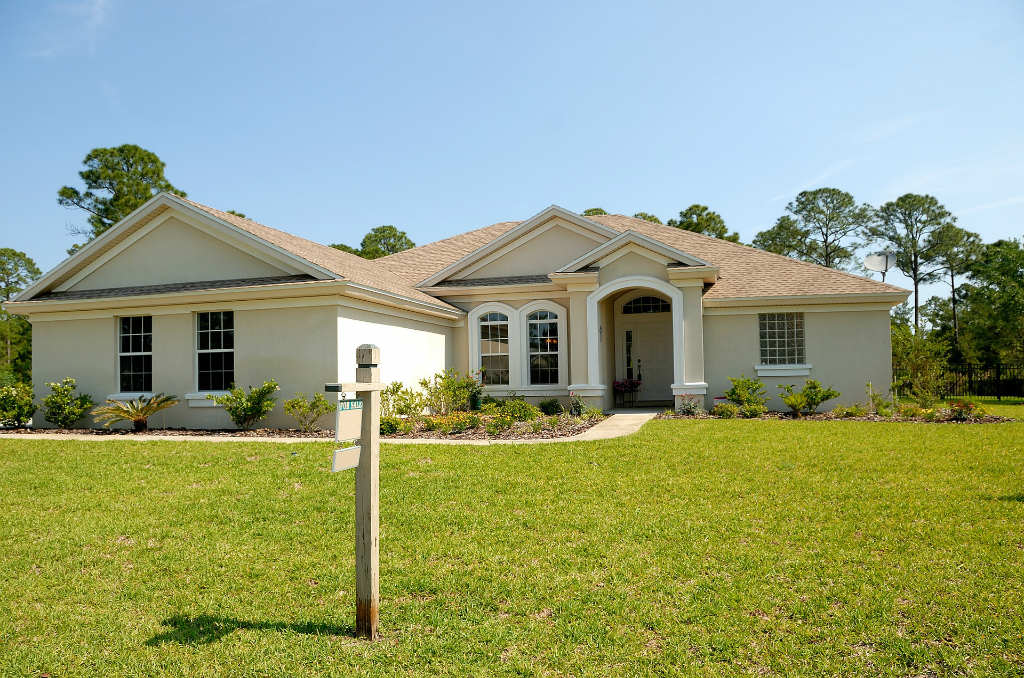A new report from the National Association of Realtors has revealed that foreign investment in U.S. residential real estate is on the decline – and Florida is feeling it.
“A confluence of many factors – slower economic growth abroad, tighter capital controls in China, a stronger U.S. dollar and a low inventory of homes for sale – contributed to the pullback of foreign buyers,” explained National Association of Realtors Chief Economist Lawrence Yun. “However, the magnitude of the decline is quite striking, implying less confidence in owning a property in the U.S.”
The decline goes as far back as March of 2017, when Florida home sales to foreign buyers totaled more than 60,000. The number of transactions dropped to 50,000 in 2018 before dipping to 36,000 in 2019.
Despite the massive decline, Florida still attracts the most foreign buyers than any other state across the U.S. In 2019, the Sunshine State had a market share of 20 percent, which was eight points higher than runner-up California.
According to the National Association of Realtors study, Florida was the top choice for three of the top five international buyers.
| Canada | China | India | Mexico | United Kingdom |
|---|---|---|---|---|
| Florida - 42% Arizona - 20% Hawaii - 6% | California - 34% New Jersey - 8% Illinois - 5% | Florida - 14% Texas - 13% California - 10% | Texas - 28% California - 10% Georgia - 7% | Florida - 35% California - 20% Virginia - 5% |
“Many Canadians and other foreigners found Florida so enticing because of its lenient tax laws,” Yun said. “Additionally, many Florida metro areas have an inventory of cheaper properties, relatively speaking – a combination which makes the state a very popular destination.”
While the favorable conditions allowed for Florida to be the premier destination for Canadians, Asian Indians and Brits, RE/MAX Prestige Realty agent John Mike told the Palm Beach Post that the Sunshine State is losing ground to Spain and the Bahamas when it comes to U.K. buyers.
“It takes a lot more pounds to buy an American property than it did a few years ago,” Mike said. “A lot of overseas people don’t feel welcome here.”
Even though less international buyers are snapping up U.S. properties, the group still spends more than domestic buyers. For example, the median purchase price for foreign buyers was $280,600 versus $259,600 for all U.S. existing homes sold.
The same held true for sales in the upper echelon, with eight percent of international home buyers paying $1 million or more compared to the three percent of all U.S. existing buyers.
“Even though numbers were lower this year than during the previous 12 months, international investors and buyers still spent and invested a great deal of money in U.S. real estate,” said National Association of Realtors President John Smaby. “Home buyers from across the globe know that the U.S. market is still a safe, secure and promising place to invest.”
Not only are foreign buyers spending more on average, they’re also more likely to pay in cash.
According to the National Association of Realtors study, 41 percent of transactions involving an international buyer were all-cash sales compared to the 21 percent of transactions with domestic home buyers.
Canadians made up the largest group of all-cash buyers, with 75 percent of their transactions going that route.
Nearly 50 percent of international buyers purchased property in a suburban area, while 15 percent of non-resident buyers purchased property in a resort area.
Melissa’s career in writing started more than 20 years ago. Today, she lives in South Florida with her husband and two boys.

